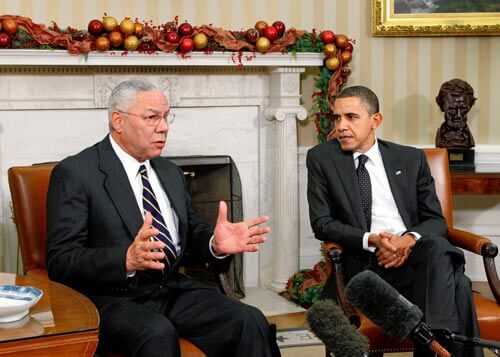Talk about being between a rock (the pay gap) and hard place (the cost of more education), the average American woman can not catch a break. And in today’s tough economy that has more and more families in trouble, this situation is putting women and their families in an even more precarious position.
Nearly 50 years after passage of the Equal Pay Act of 1963, women continue to earn only 77 cents on the dollar. In this recession, with women now making up half of the workforce and more and more families relying on a women’s paycheck to make ends meet, ensuring that women are paid fairly is more important than ever.
The American Association of University Women’s (AAUW) Behind the Pay Gap research shows that just one year out of college, a woman working full time already earn less than her male colleague, even when they work in the same field. Ten years out, the wage gap is even larger.
Even more unfairly, a 2009 U.S. Census Bureau report has found that in every field, at every level of education, women earn less than men. This is the case even in professions typically dominated by women, such as education and the liberal arts. Furthermore, as men and women achieve higher levels of education, the pay gap widens.
According to that report, women are required to seek increasingly higher degrees if they hope to equal the pay of their less-educated male peers. And we know that the cost of education has skyrocketed in recent years, far beyond the pace of inflation. And this is even more true for higher education degrees.
We know from recent data that public and private colleges alike are increasingly dependent on tuition. A recent Government Accountability Office report found that net tuition and fees rose from 16 to 22 percent of total revenue at public colleges and universities, and to jumped 11 points from 29 to 40 percent at private nonprofit institutions in the 10 years from 1999 to 2009.
That money is coming right out of the pockets of women and their families, as they attempt to increase their education level and upgrade job skills. And that task is getting even harder as many states, facing difficult budget decisions, are electing to cut back on support for public colleges. Expensive programs are being cut, like those in STEM fields that lead to better-paying jobs that could actually be filled, if there were enough qualified applicants.
According to a recent report from the Center for the Study of Education Policy, state appropriations for colleges fell on average by 7.6 percent in 2011-12; the cuts in some states were much higher. Funding cuts for state schools disproportionally affects those at the bottom of the economic ladder who need the training the most, often women trapped in “pink ghetto” jobs.
President Obama has proposed an $8 billion Community College to Career Fund to address this problem. It would train two million workers for well-paying jobs in high-demand industries like health care, transportation and advanced manufacturing. The proposal, however, needs Congressional approval, which seems unlikely in this increasing divisive and scorched earth election year, given how ineffective our political process has dealt with other major challenges in recent months.
By some accounts, the student loan debt is a ticking time bomb set to go off in a variety of ways. The 3.4 percent interest rates on federal student loans for the current school year are set to double this summer unless Congress acts soon. Given that extending the 3.4 percent rate will cost $5.6 billion a year, getting this Congress to act may be problematical.
Two-thirds of college seniors who graduated in 2010 had student loan debt, and the average balance was more than $25,000, according to the Project on Student Debt. They find the average debt for students at public universities is about $20,000, but grows to between $27,650 and $33,050 for students at private schools.
A woman pays exactly the same for her college education that a man does. That debt load is especially hard on women. They make less at work, they have just as much, if not more, in student loan debt for the extra degrees they need to keep up, and they will probably have to work longer in order to meet their financial obligations and save for retirement.
Equal pay for equal work is not only an issue of fairness, but would go a long way toward helping women – and their families – break even.
Donna Seymour, Potsdam, N.Y. is the communications director for AAUW-NYS, a member of the national AAUW-Voices Project and the St. Lawrence County Branch, AAUW.
























